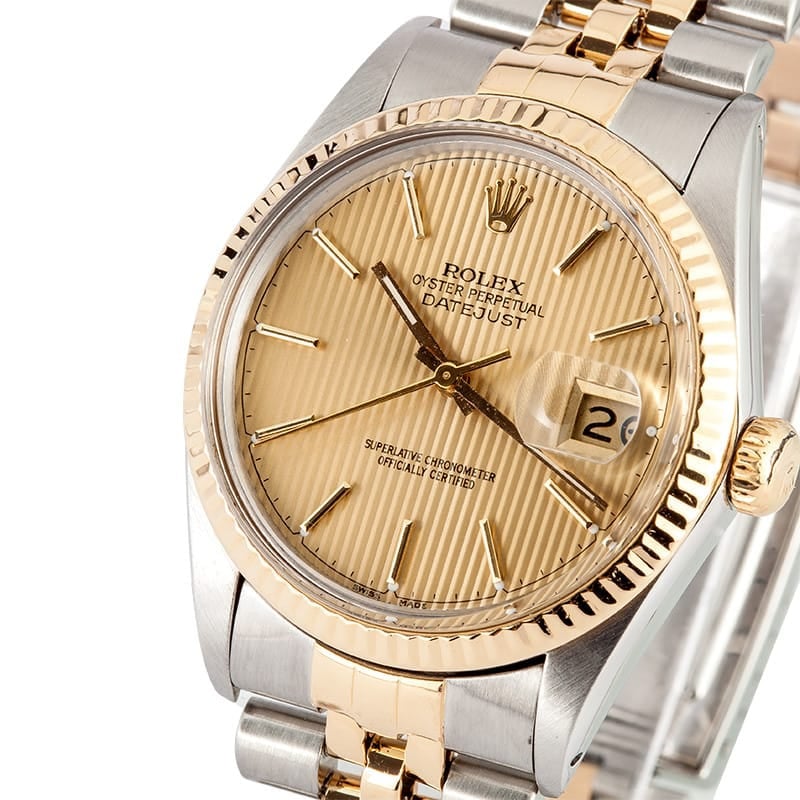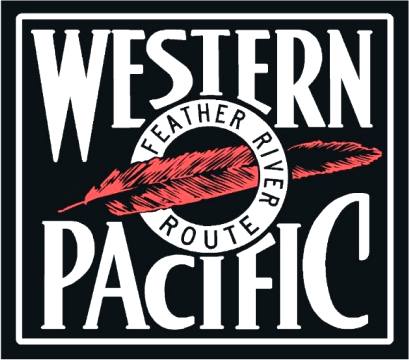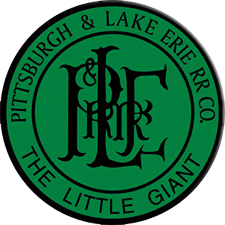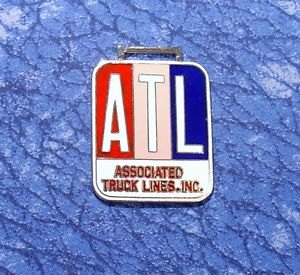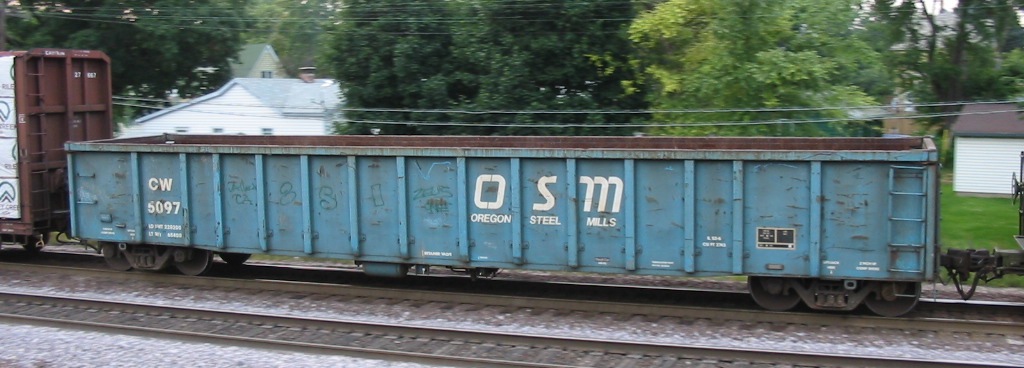Model Information:  The drop-end 52'6" gondola was built in the 1950s for CN, CP and TH&B.
The drop-end 52'6" gondola was built in the 1950s for CN, CP and TH&B.
This tooling is owned by Prairie Shadows but actual production is performed via Rapido Trains in their Chinese factory.
It has seen only one run with CP, CB and TH&B road numbers; a second run was announced shortly after the first one in 2013, with more Canadian roadnames (Algoma Central, BC Rail and PGE) as well as a number of US railroads (Lehigh Valley, Conrail, Rio Grande, Western Maryland, Reading, NY Central), but has never been released so far.


It features:
 The drop-end 52'6" gondola was built in the 1950s for CN, CP and TH&B.
The drop-end 52'6" gondola was built in the 1950s for CN, CP and TH&B.This tooling is owned by Prairie Shadows but actual production is performed via Rapido Trains in their Chinese factory.
It has seen only one run with CP, CB and TH&B road numbers; a second run was announced shortly after the first one in 2013, with more Canadian roadnames (Algoma Central, BC Rail and PGE) as well as a number of US railroads (Lehigh Valley, Conrail, Rio Grande, Western Maryland, Reading, NY Central), but has never been released so far.


It features:
- Fully detailed sides and interior;
- Full underbody detail;
- Die-cast frame for optimum weight;
- Body mounted Micro-Trains couplers;
- Correct ride height;
- Accurate paint and lettering.
Prototype History: In US railroad terminology, a gondola is an open-topped rail vehicle used for transporting loose bulk materials. Because of their low side walls, gondolas are also suitable for the carriage of such high-density cargoes as steel plates, steel coils, and bulky items such as prefabricated sections of rail track. For weather-sensitive loads, these gondolas are often equipped with covers.
All-steel gondolas date back to the early part of the 20th century. However, most of the early ones were shorter and used 40' designs. The ubiquitous 50' steel gondola we see modeled so often today are typical of railcars produced since the end of the second world war. In the late 1940s, steel became once again readily available and new, longer gondolas were produced to transport material for America's booming economy. Generally, these 50 foot cars have a capacity of 70 tons and were actually 52'6" long. The first models of this design were produced by the Erie Railroad and the Greenville Steel Car Co, but nearly identical cars were produced by Pullman, ACF and Bethlehem.
All-steel gondolas date back to the early part of the 20th century. However, most of the early ones were shorter and used 40' designs. The ubiquitous 50' steel gondola we see modeled so often today are typical of railcars produced since the end of the second world war. In the late 1940s, steel became once again readily available and new, longer gondolas were produced to transport material for America's booming economy. Generally, these 50 foot cars have a capacity of 70 tons and were actually 52'6" long. The first models of this design were produced by the Erie Railroad and the Greenville Steel Car Co, but nearly identical cars were produced by Pullman, ACF and Bethlehem.
Road Name History: The TH&B was chartered in 1884 to connect Hamilton, Ontario to Fort Erie, just across the border from Buffalo, New York. However, once construction commenced, the goals changed. Ultimately, the TH&B would run from Waterford east to Hamilton and Welland, Ontario. Two branches ran south from this line to reach the lake port cities of Port Cleburn and Port Maitland (both on Lake Erie.) Until 1932, TH&B ran a car ferry operation between Port Maitland and Ashtabula, Ohio. In total, the TH&B was 111 miles long, making it slightly shorter that Richmond Fredricksburg & Potomac. In 1895 ownership was split between Canadian Pacific and three of the New York Central Lines: Michigan Central, Canada Southern and New York Central. TH&B was an important carrier for heavy industries in the Hamilton, Ontario area.
The most modern steam power on the TH&B was a pair of 2-8-4 Berkshires (the only Berkshires on a Canadian railroad) and a pair of 4-6-4 Hudsons. Strangely, none of TH&B’s steamers were equipped with all-weather cabs which were so common in Canada. This may have been due to the influence of NYC’s mechanical department.
TH&B had completely dieselized by 1954: NW2: 4, SW9: 4, GP7: 7, GP9: 3. The three GP9’s were built with boilers for passenger service and with their air tanks mounted on the roof. The GP9’s were also built to run long-hood-forward unlike the GP7’s. This often led to consists that appeared to have the locomotives “elephant walking” when in fact they were running back to back. One of the GP7’s was destroyed in a wreck in 1980. The roster then remained the same until the end. They also never really changed their paint scheme (except for adding the logo to the cab side around 1970.)
New York Central’s share of TH&B passed to Penn Central in that merger. After the collapse of PC and the creation of Conrail, CP Rail picked up PC’s share of the TH&B in 1977. However, TH&B remained a separate railroad for another 10 years until being merged into CPR.
The most modern steam power on the TH&B was a pair of 2-8-4 Berkshires (the only Berkshires on a Canadian railroad) and a pair of 4-6-4 Hudsons. Strangely, none of TH&B’s steamers were equipped with all-weather cabs which were so common in Canada. This may have been due to the influence of NYC’s mechanical department.
TH&B had completely dieselized by 1954: NW2: 4, SW9: 4, GP7: 7, GP9: 3. The three GP9’s were built with boilers for passenger service and with their air tanks mounted on the roof. The GP9’s were also built to run long-hood-forward unlike the GP7’s. This often led to consists that appeared to have the locomotives “elephant walking” when in fact they were running back to back. One of the GP7’s was destroyed in a wreck in 1980. The roster then remained the same until the end. They also never really changed their paint scheme (except for adding the logo to the cab side around 1970.)
New York Central’s share of TH&B passed to Penn Central in that merger. After the collapse of PC and the creation of Conrail, CP Rail picked up PC’s share of the TH&B in 1977. However, TH&B remained a separate railroad for another 10 years until being merged into CPR.
Brand/Importer Information: We focus on quality not quantity. Fair prices and fantastic service are our top priority, but special runs and exclusive items are what set us apart!
It is my hope we can help you make the most of our wonderful hobby. - Jeff Arnold
It is my hope we can help you make the most of our wonderful hobby. - Jeff Arnold
Commissioner Information:  Prairie Shadows Model Railway Co. is a small model railway supply company located in Winnipeg, MB, and owned by Jeff Arnold. They pride themselves in providing solid service and fair prices.
Prairie Shadows Model Railway Co. is a small model railway supply company located in Winnipeg, MB, and owned by Jeff Arnold. They pride themselves in providing solid service and fair prices.
They commissioned several exclusive N scale models to Rapido Trains Inc.
They commissioned several exclusive N scale models to Rapido Trains Inc.
Item created by: Alain LM on 2018-06-03 04:31:17. Last edited by CNW400 on 2020-05-31 19:27:32
If you see errors or missing data in this entry, please feel free to log in and edit it. Anyone with a Gmail account can log in instantly.
If you see errors or missing data in this entry, please feel free to log in and edit it. Anyone with a Gmail account can log in instantly.






